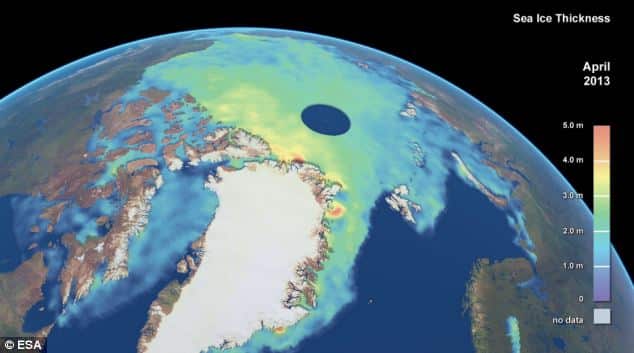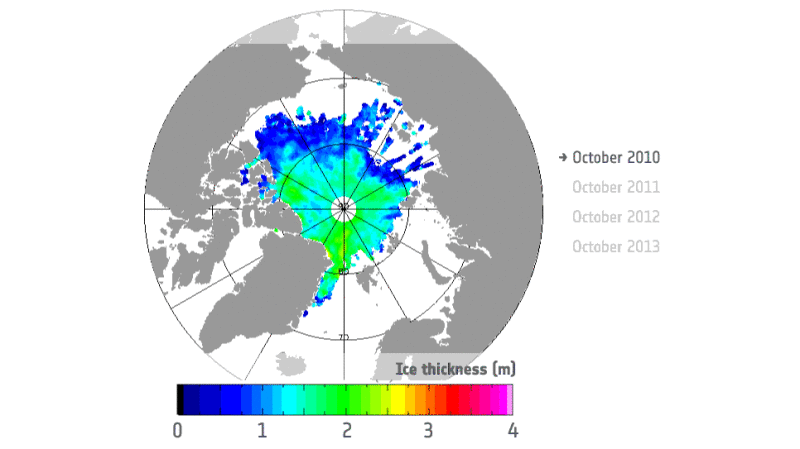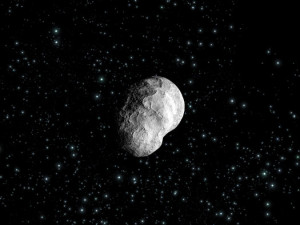For the past many years, scientists have been lamenting that the polar ice is losing its volume, leading to drastic climatic changes. Now, an ESA satellite has surprisingly revealed that the volume of sea ice in the Arctic has increased by 50% over a year.
ESA’s CryoSat-2 satellite allows scientists to examine the actual fluctuations in the ice volume across the Arctic Ocean. Before the satellite was launched, scientists could determine the overall spread of the ice but it was nearly impossible to know the thickness of this ice.
Thanks to the aforementioned satellite though, scientists can now measure the spread of the ice as well as its thickness across the Arctic, letting them estimate an accurate volume. It is the data from CryoSat-2 that has now revealed that the Arctic has some 9000 cu km of sea ice. This is in contrast to the 6000 cu km sea ice measured by the satellite back in October 2012.
The trend is certainly a welcome change because lower sea ice levels indicate a rise in the oceans, something which can wreck catastrophes in different parts of the world. However, this is only a brief intervention, climate experts warn.
According to Professor Andrew Shepherd of University College London, “It’s estimated that there was around 20 000 cu km of Arctic sea ice each October in the early 1980s, and so today’s minimum still ranks among the lowest of the past 30 years.”
Even the increase in the mass of Arctic sea ice is primarily because of a growth in the volume of multi-year ice, the kind of ice that avoid melting over the years. Of the 3000 cu km growth registered by the sea ice volume, only 10% comes from the growth of first year ice. The significant question for climate experts right now is that will this trend continue into the coming years or was it just a one-time bounce-back from the Arctic.
Courtesy: Daily Mail
[ttjad keyword=”laptop-toshiba”]



![Read more about the article [Video] Scientists Found 1.5 Billion-Year Old Water Trapped In Rock](https://thetechjournal.com/wp-content/uploads/2013/05/1.5-Billion-year-old-Water-512x342.jpg)

